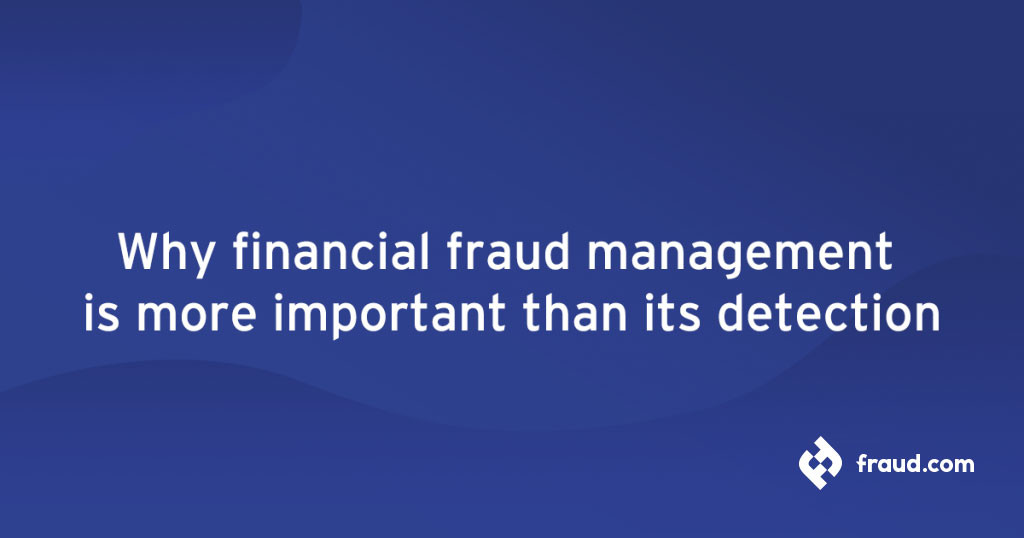Fraud frɔːd/ noun 1. wrongful or criminal deception intended to result in financial or personal gain. 2. “he was convicted of fraud”
In 2017, banking fraud cost as much as £1 billion, with top banks suffering exceptional financial damage and down-time. Financial damage can be cast aside, but banking fraud always hits financial businesses where it hurts most- their reputation.
While detecting banking fraud has been a job that’s been turned over to artificial intelligence, machine learning and good ol’ fashioned human sleuthing, fraud detection and damage limitation are often confused as being part of the same issue. However, this is not the case- while fraud detection is part of the initial track and detect, damage limitation is part of the solution, often put into place to help stop similar cases happening in the future.
As we all know, using AI and machine learning is all very well, but machines cannot do what humans can- distinguish between intents of the attackers and finding organic loopholes. This is why organisations are often left with instances where 100 percent of fraud cases are not detected and many slip under the radar.
Apparently, through 2020, card fraud worldwide is expected to increase to £139.250bn. And where there is fraud, there is an insurance claim and fraud analysts, whose primary job is to prepare case studies. Studies that organisations can take on board to create processes, tools and put in anti-fraud measures.
However, with the magnitude of expenditure on banking fraud management, the number of experts it takes to unravel the scale also trebles. Unless resources, manpower and money are poured into scrutinising financial fraud, the problem is bound to grow bigger and become more complex.
The checklist that fraud analysts have to run through is sizable and cumbersome. Some of the aspects that they are entrusted to make watertight are:
- setting up a clear reporting mechanism
- conduct a thorough investigation
- making sure that those responsible are disciplined
- Try to make sure stolen funds or property are recovered
- modify anti-fraud strategy to prevent future recurrence.
Add to this the cost of hiring outside consultants, public relations practitioners to help with damage limitation and communicating with stakeholders, and the cost of fraud management just spirals. Legal advisers, human resources teams, IT support, cost and time to put together an investigations team as well as internal and external auditors are all key to creating and executing a sound banking fraud management plan.
Although complicated machine learning is definitely the way forward as far as fraud detection goes, financial organisations will be smart to keep aside a chunk of resources to deal with the aftermath of fraud. The management of financial fraud is more important than thwarting the actual instance of fraud because as has been seen in the recent past, loss of reputation and not being seen to be doing much is more harmful than being hit by malicious actors.









